Description
The Kenyan sand boa (Eryx colubrinus) is a small, non-venomous boa species native to East Africa. Here are some key details about this kenyan sand boa morphs:
Physical Description
- Size: Kenyan sand boas are relatively small, with adults typically reaching 1.5 to 2 feet in length.
- Coloration: They have distinctive orange or yellowish bodies with dark brown or black blotches, which provide excellent camouflage in their sandy habitats.
- Body Shape: They have a robust, cylindrical body with a short, blunt tail and a distinctive wedge-shaped head adapted for burrowing.
Habitat
- Geography: As their name suggests, Kenyan sand boas are found in Kenya and other parts of East Africa, including Ethiopia, Sudan, and Tanzania.
- Environment: They thrive in arid and semi-arid regions, such as deserts and scrublands, where they can burrow into loose soil or sand.
Behavior
- Burrowing: Kenyan sand boas are fossorial, meaning they spend much of their time burrowing and hiding under the sand to escape the heat and avoid predators.
- Feeding: They are ambush predators, lying in wait under the sand for unsuspecting prey. Their diet primarily consists of small mammals, birds, and lizards.
- Activity: These boas are crepuscular or nocturnal, being most active during the cooler parts of the day or at night.
Reproduction
- Viviparous: Kenyan sand boas give birth to live young rather than laying eggs. A female kenyan can give birth to a litter of 5-20 young after a gestation period of around four months.
Captive Care
- Popularity: Due to their manageable size, relatively docile nature, and striking appearance, Kenyan sand boas are popular in the pet trade.
- Enclosure: In captivity, they require an enclosure that mimics their natural habitat, with plenty of sand or loose substrate for burrowing, and a temperature gradient to regulate their body temperature.
- Feeding in Captivity: They are typically fed appropriately sized rodents.
Conservation
- Status: Kenyan sand boas are not currently considered endangered and are relatively common within their range. However, habitat destruction and collection for the pet trade can pose risks to local populations.

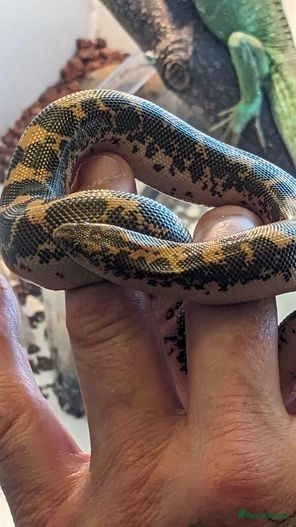
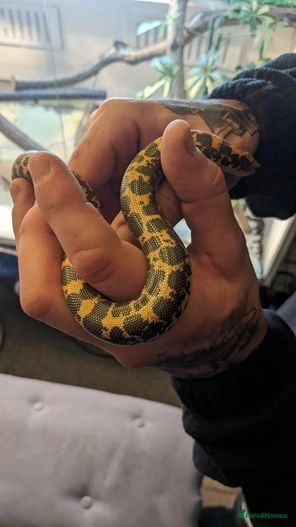

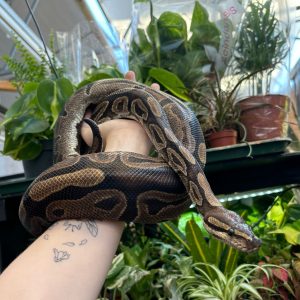
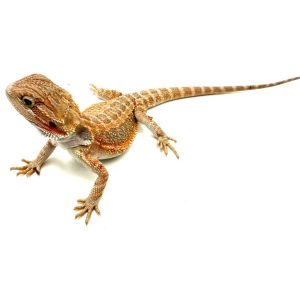

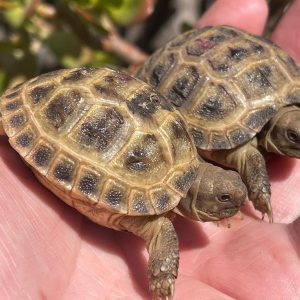
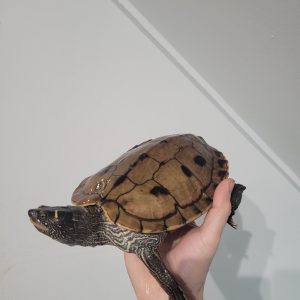
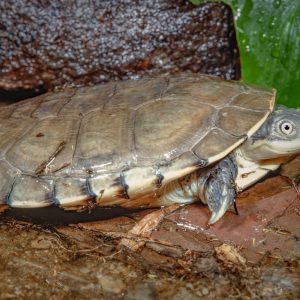
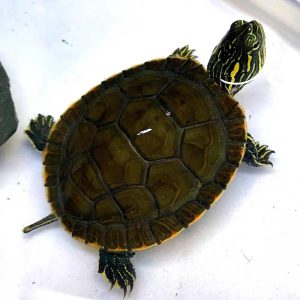
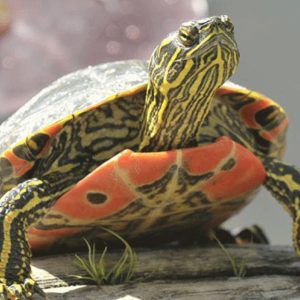
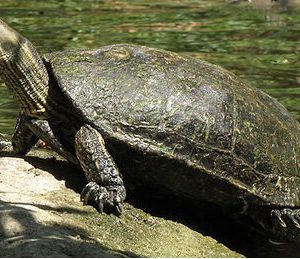
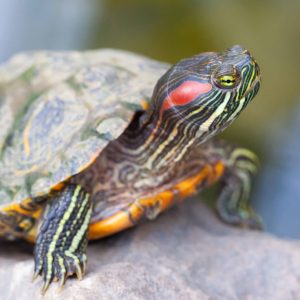

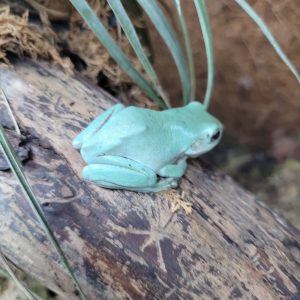
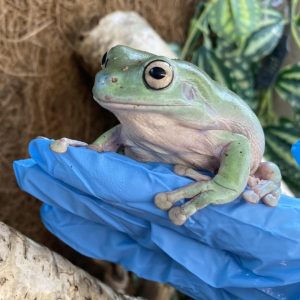

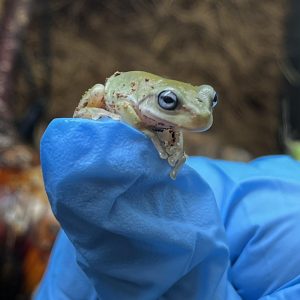
Reviews
There are no reviews yet.